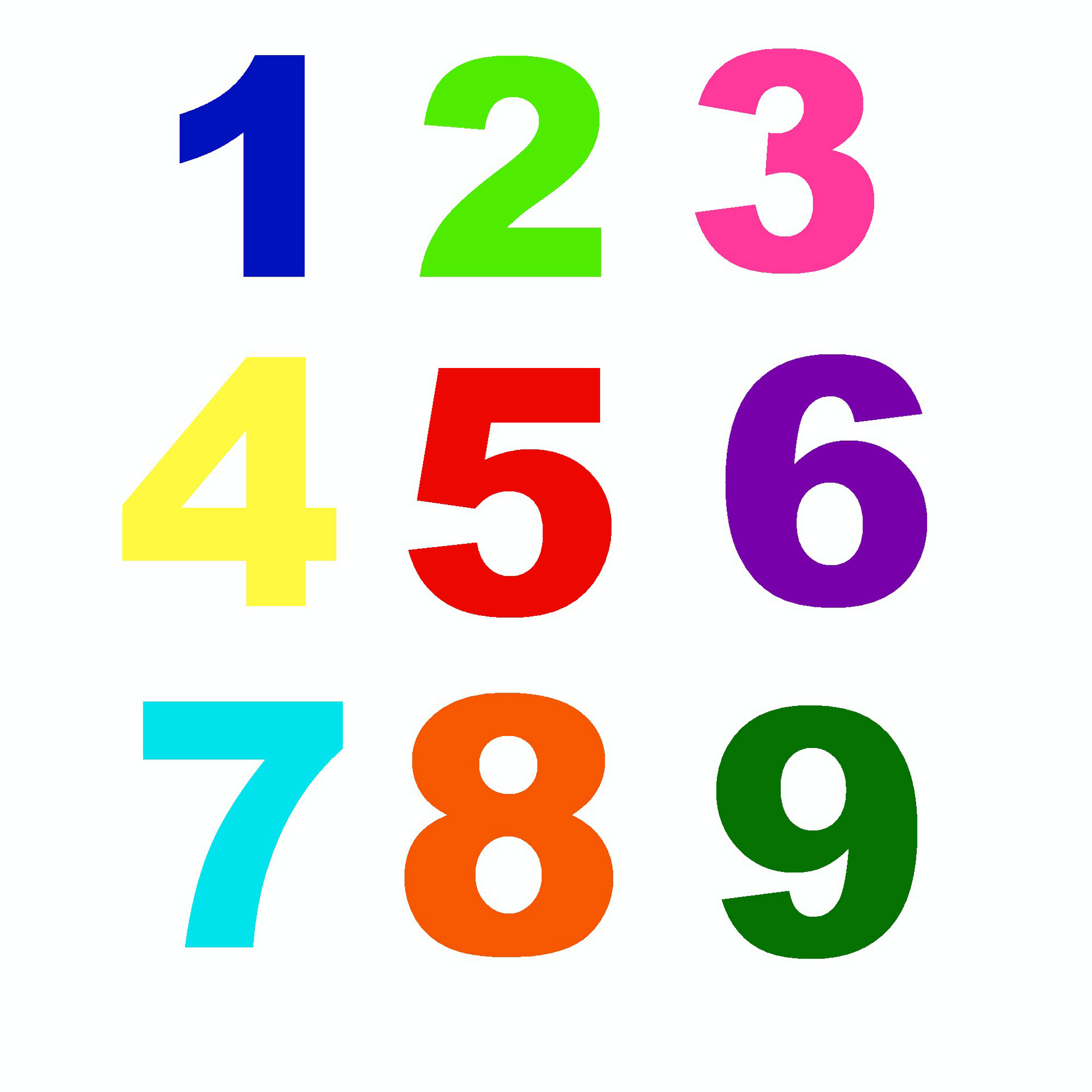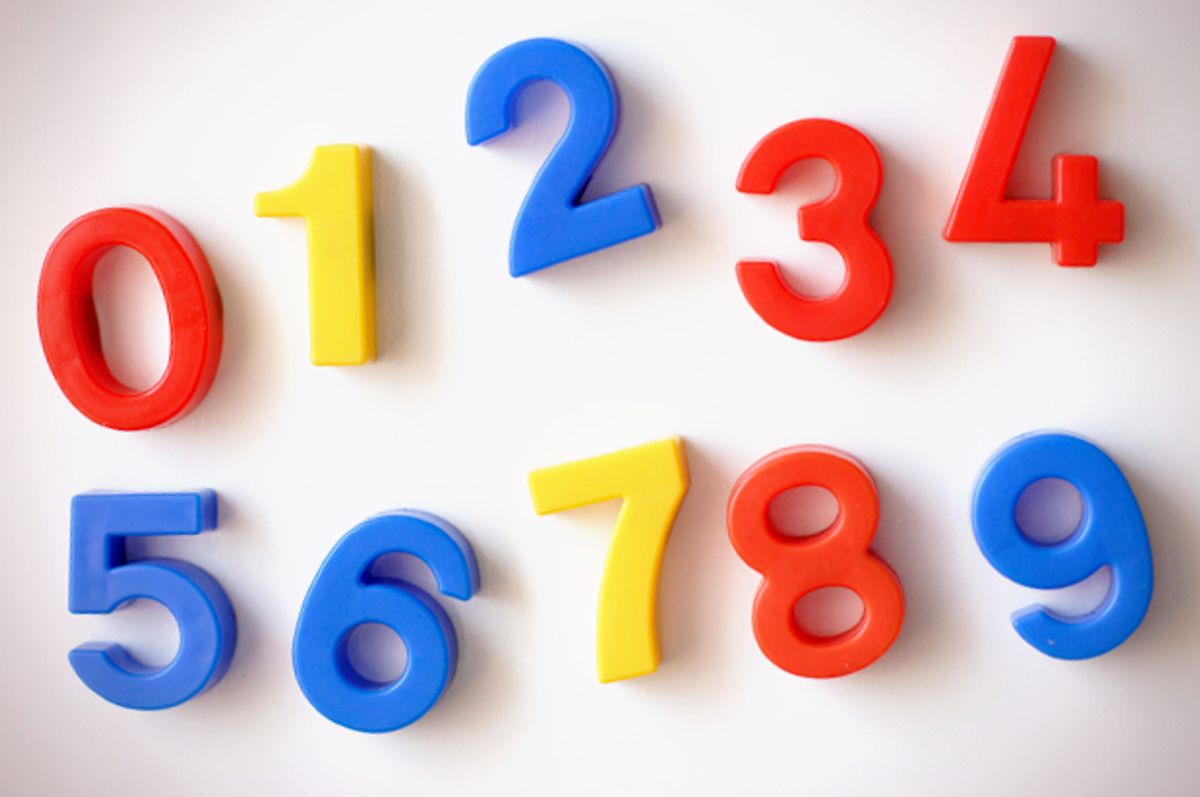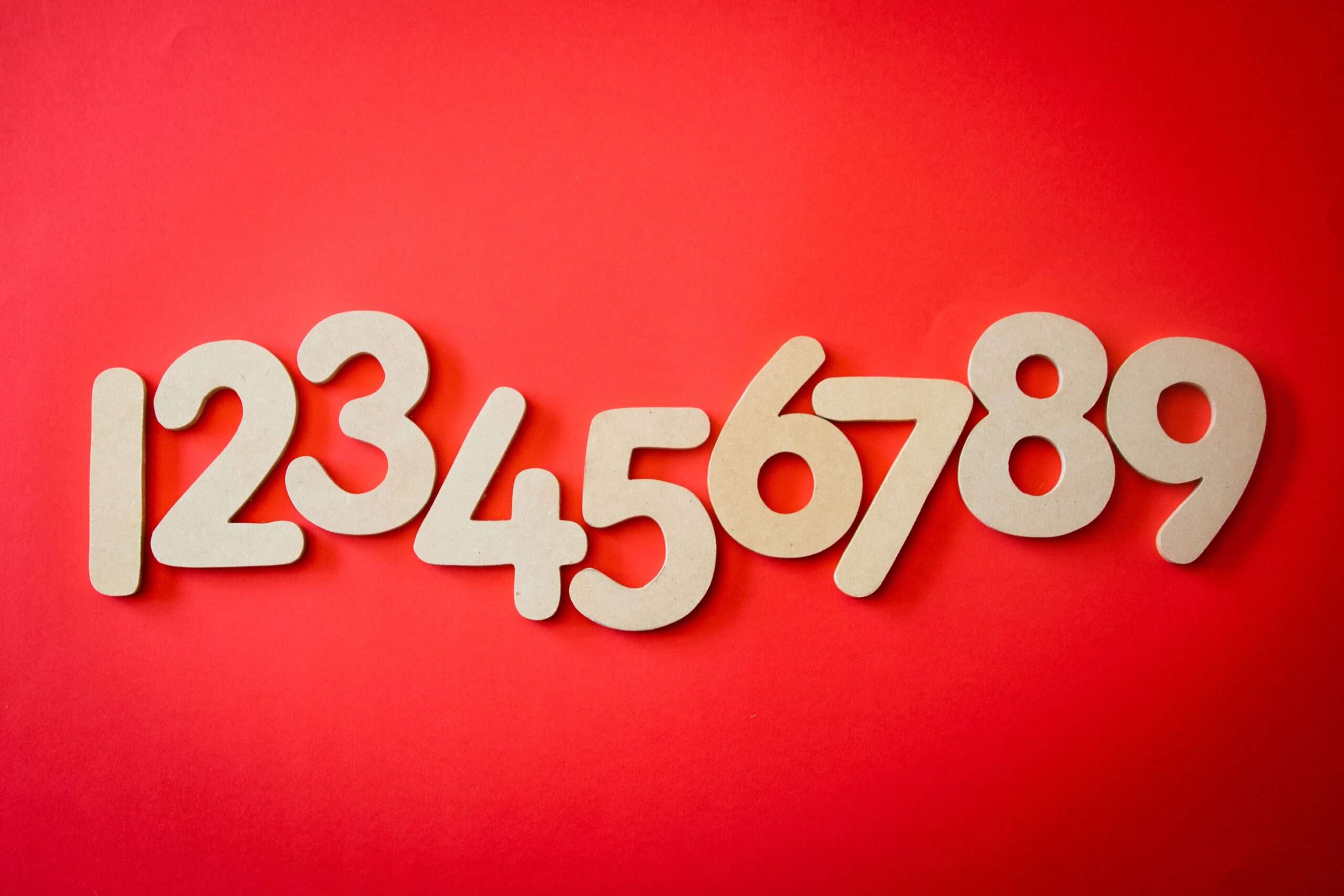Thinking about how many people live on our planet can feel like looking at a really big picture, a picture that just keeps getting bigger and bigger. It is, you know, a fascinating thought, to consider all the different lives, all the different stories happening at this very moment across every corner of the globe. Each person, in their own place, makes up a part of this vast collection, a truly immense gathering of human beings.
This idea of a global count, of the total number of inhabitants in the world, is something that sparks curiosity for many of us. It is not just about a figure, really, but more about what that figure represents: the sheer scale of human presence, the combined energy and spirit of everyone living here. We might, in some respects, wonder about how such a count even comes to be, or what it could possibly tell us about our shared experience on this Earth.
We are going to explore this very idea, the notion of counting everyone, and what it means for us, for our communities, and for the bigger picture of human life. We will talk about why this kind of information, even in a general sense, holds a certain kind of interest for people, and how it connects to the ways we think about our collective existence.
Table of Contents
- What is the true number of inhabitants in the world?
- How do we even count the number of inhabitants in the world?
- Why think about the number of inhabitants in the world?
- What does the number of inhabitants in the world tell us about our shared experience?
- How does knowing the number of inhabitants in the world help us?
- What might influence the number of inhabitants in the world over time?
- Are there challenges when considering the number of inhabitants in the world?
- What makes up the idea of the number of inhabitants in the world?
What is the true number of inhabitants in the world?
When we think about the total number of people living on Earth, it is, in a way, like trying to count grains of sand on a beach. The sheer scale of it means that getting an exact, moment-by-moment tally is, you know, pretty much impossible. What we usually talk about are estimates, figures that give us a very good idea, a close approximation, of the human population. These figures come from careful work, often done by various groups and organizations that put a lot of effort into gathering information about people in different places. They are, essentially, snapshots taken at a particular time, giving us a sense of the vastness of our global family.
The idea of a precise count for the number of inhabitants in the world is a bit of a moving target, to be honest. People are born, and people pass away, every second of every day. This constant change means any number we look at is, by its very nature, a moment in time, a representation of a certain point. It is not a fixed, unchanging value. So, when someone mentions a figure, it is usually based on the best available information, put together from records and surveys from all sorts of communities and countries. It is, pretty much, the closest we can get to a real-time count without, you know, some kind of magic.
This constant flow of life makes the concept of a single, definitive number for the number of inhabitants in the world a truly dynamic one. It is not a static figure, but something that breathes and shifts with the rhythms of human existence. We rely on the hard work of those who gather data, who compile reports, and who, basically, try to make sense of all the human activity happening across continents. This gives us a general idea, a picture we can use to understand the scale of our presence on this planet.
How do we even count the number of inhabitants in the world?
Figuring out the number of inhabitants in the world is, in some respects, a very large-scale puzzle. Countries typically conduct their own counts, often called censuses, where they try to get a count of everyone living within their borders. These counts happen at regular intervals, maybe every ten years or so, and they involve people going door-to-door, or sending out forms, to collect information about who lives where. It is a massive undertaking, requiring a lot of planning and effort from many different people, really.
Beyond these country-specific counts, there are organizations that take all this individual country data and try to put it together, to make sense of it on a global scale. They look at birth records, death records, and information about people moving from one place to another. They use mathematical models to fill in the gaps, to estimate populations in areas where precise counts are hard to get. It is, you know, a bit like piecing together a giant mosaic, with each country providing a different colored tile to form the overall picture of the number of inhabitants in the world.
The accuracy of these global figures relies, basically, on how well each country manages its own counting efforts. Some places have very thorough systems, while others might face challenges that make it harder to get a complete picture. Nevertheless, the goal is always to get the most reliable estimate possible, a number that reflects, as accurately as can be managed, the real count of people. It is a continuous process, with new information coming in all the time, helping to refine our general idea of the number of inhabitants in the world.
Why think about the number of inhabitants in the world?
Thinking about the total number of people on Earth is not just an academic exercise; it has a way of connecting to how we view our collective future. When we consider how many people share this planet, it prompts us to think about things like shared resources, the environment, and how we all live together. It is, really, a way to put our own lives into a larger context, to see ourselves as part of something truly grand. This general awareness helps us understand the scale of human activity and its influence.
For communities and those who plan for the future, knowing something about the number of inhabitants in the world, or even just in a particular area, helps in making decisions. It helps in thinking about how much food is needed, where to build homes, or what kind of support systems might be important. It is, you know, a basic piece of information that guides a lot of practical considerations for living together on a large scale. Without some sense of these figures, planning for human needs would be, frankly, a lot more difficult.
It also helps us appreciate the diversity of human experience. When we consider the vast number of inhabitants in the world, we are also thinking about the incredible variety of cultures, languages, and ways of life that exist. It is a reminder of the rich tapestry of humanity, each person contributing something unique to the overall picture. This perspective can, in a way, foster a sense of connection and shared purpose among us, knowing we are all part of this immense global population.
What does the number of inhabitants in the world tell us about our shared experience?
The sheer scale of the number of inhabitants in the world, in some respects, tells us about the amazing success of our species. It shows our ability to adapt, to survive, and to thrive in so many different environments across the globe. It reflects centuries of human ingenuity, of finding ways to live and build communities, even in places that might seem challenging. It is, basically, a testament to the resilience and adaptability of human life, a story written in the very existence of so many people.
It also speaks to our interconnectedness, you know. Even though we are spread out across continents, the actions of one group or one region can, and often do, have an impact on others. Whether it is something like the flow of goods, the spread of ideas, or even shared challenges, the large number of inhabitants in the world means we are all, in a way, linked. This global connection becomes more apparent when we consider the vastness of our shared human presence.
Moreover, thinking about the number of inhabitants in the world helps us consider the many different perspectives that exist on any given issue. With so many people, there are naturally countless ways of seeing things, of approaching problems, and of imagining the future. This diversity of thought is, frankly, a powerful resource, even if it sometimes means finding common ground can be a bit of a challenge. It highlights the richness that comes from having so many individual minds at work.
How does knowing the number of inhabitants in the world help us?
Knowing a general sense of the number of inhabitants in the world helps us, in practical terms, to understand the scale of global issues. When we talk about things like providing enough clean water, or ensuring everyone has access to good healthcare, or even managing global communication networks, the sheer number of people involved means these are undertakings of immense proportion. It gives us a framework for thinking about the effort and resources needed to address such widespread human needs, you know.
It also helps groups and organizations, similar to those mentioned in "My text" that manage sports events or educational campuses, to plan for their own specific populations. If you are organizing a major sporting event, you need to have some idea of how many people might attend or participate. If you are running a university campus, you need to ensure a safe environment for a certain number of students and staff. So, understanding population figures, even on a smaller scale, is, basically, a fundamental part of making things work smoothly for people.
Furthermore, this kind of information can influence how we think about shared responsibilities. When we realize the vast number of inhabitants in the world, it might encourage a greater sense of collective action, of working together to solve problems that affect everyone. It is a reminder that we are all in this together, and that our individual efforts, when combined with those of many others, can lead to meaningful change on a grand scale. This shared understanding can be, frankly, quite motivating.
What might influence the number of inhabitants in the world over time?
The total number of inhabitants in the world is, as a matter of fact, always changing, influenced by a few key factors. The most straightforward influences are births and deaths. When more people are born than pass away, the total count tends to go up. Conversely, if more people pass away than are born, the count might go down. These two elements are, essentially, the fundamental drivers of population change, setting the basic rhythm of growth or decline.
Another important factor is how long people tend to live. Improvements in healthcare, better nutrition, and generally safer living conditions mean that people in many parts of the world are living longer lives than they used to. This increase in lifespan means that people remain part of the global count for a longer period, which, you know, contributes to a higher overall number of inhabitants in the world. It is a reflection of progress in human well-being and scientific advancement, really.
Movement of people, like individuals or families moving from one country to another, also plays a part, though its impact on the global total is less direct than births and deaths. It redistributes people, changing the count in specific regions, but the overall world number is still primarily driven by the balance of new lives beginning and lives ending. These various influences interact in complex ways, making the trajectory of the number of inhabitants in the world something that is constantly being observed and considered.
Are there challenges when considering the number of inhabitants in the world?
Yes, there are, you know, definitely challenges when we try to get a clear picture of the number of inhabitants in the world. One of the biggest is simply the sheer scale of the task. Counting billions of people, many of whom live in remote areas or in places where it is hard to gather information, is a monumental effort. It requires a lot of resources, a lot of coordination, and a lot of dedication from those involved in collecting the data, basically.
Another challenge comes from the very nature of human life. People are born, they move, they pass away. This constant flux means that any count is, by its very nature, a snapshot. By the time the data is collected, compiled, and reported, the actual number has already changed. So, while we can get a very good estimate, an absolutely precise, real-time number for the number of inhabitants in the world is, frankly, something that remains just out of reach.
Also, there can be political or social factors that make counting difficult. In some places, people might be reluctant to share information, or there might be conflicts that prevent data collectors from doing their work safely. These real-world issues mean that the process of tallying the number of inhabitants in the world is not always straightforward. It requires patience, persistence, and a lot of care to ensure the figures are as accurate as can be managed under various circumstances.
What makes up the idea of the number of inhabitants in the world?
The idea of the number of inhabitants in the world is, in essence, made up of every single person who calls this planet home. It is a collective count that includes people of all ages, from the newest babies to the very oldest members of our communities. Each individual life, no matter where it is lived or what experiences it holds, contributes to this grand total, to this sweeping overview of human presence. It is, in a way, a simple concept, yet one that carries immense weight.
It also includes the idea of connections between people. While the number itself is a count of individuals, it implicitly acknowledges that these individuals are part of families, communities, and broader societies. It is not just a collection of isolated units, but a living, breathing network of human relationships and interactions. So, the number of inhabitants in the world represents, basically, the sum of all these intertwined lives, all these shared experiences happening simultaneously across the globe.
Ultimately, this concept is about our shared existence on this planet. It is a figure that helps us grasp the scale of humanity, the vastness of our collective story. It reminds us that we are all part of something much larger than ourselves, a truly immense gathering of people living out their days on the same world. This shared count, this general understanding of the number of inhabitants in the world, helps us reflect on our place within this grand human endeavor.


